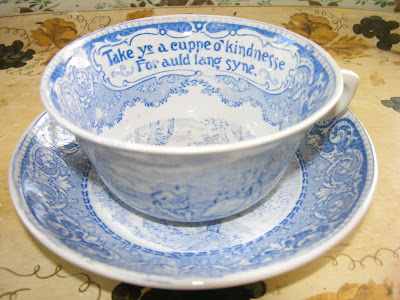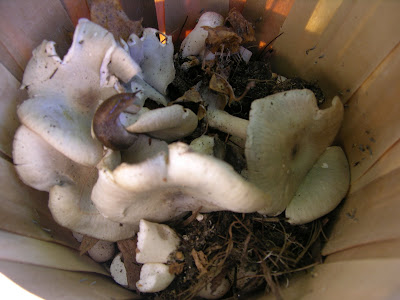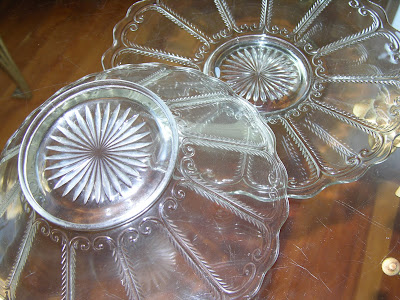




All-Hallows-Eve harkens back 2000 years to Celtic festivals commemorating the end of summer harvests. These festivities, celebrated on the November 1st New Year of Samhain (pronounced sow-en) were replete with celebratory offerings of food and drink to the spirits. It was believed the night before the New Year - October 31st - allowed both bad and good spirits from the dead to mingle amongst the living. Celts dressed in outlandish costumes - known as guising - and roamed the community begging for food while hoping to scare away the evil spirits. Hallowed out turnips were used as lights to guide these 'guisers' through the darkness and bonfires were lit to honor Pagan gods. Faeries were said to be present during Samhain protecting these beggars from the evil spirits. It was believed that people who gave food to the beggars were rewarded; those that did not were punished.
Over the next several hundred years, Christianity's influence replaced the Pagan rituals of All Hallowmas, with All Saints Day as a church designated holiday. All Souls Day / All Saints Day was celebrated in England by going 'a-souling' door to door asking for food in return for prayers for the dead. Halloween was not celebrated by the early settlers of the United States as they were Protestant and as such did not believe in saints. It was the Irish immigrants during the mid 1800's that brought the custom of making Jack-o'Lanterns from pumpkins and the tradition of Trick-or-Treating as we know it today. Happy Halloween! Trick-or-Treat!














































